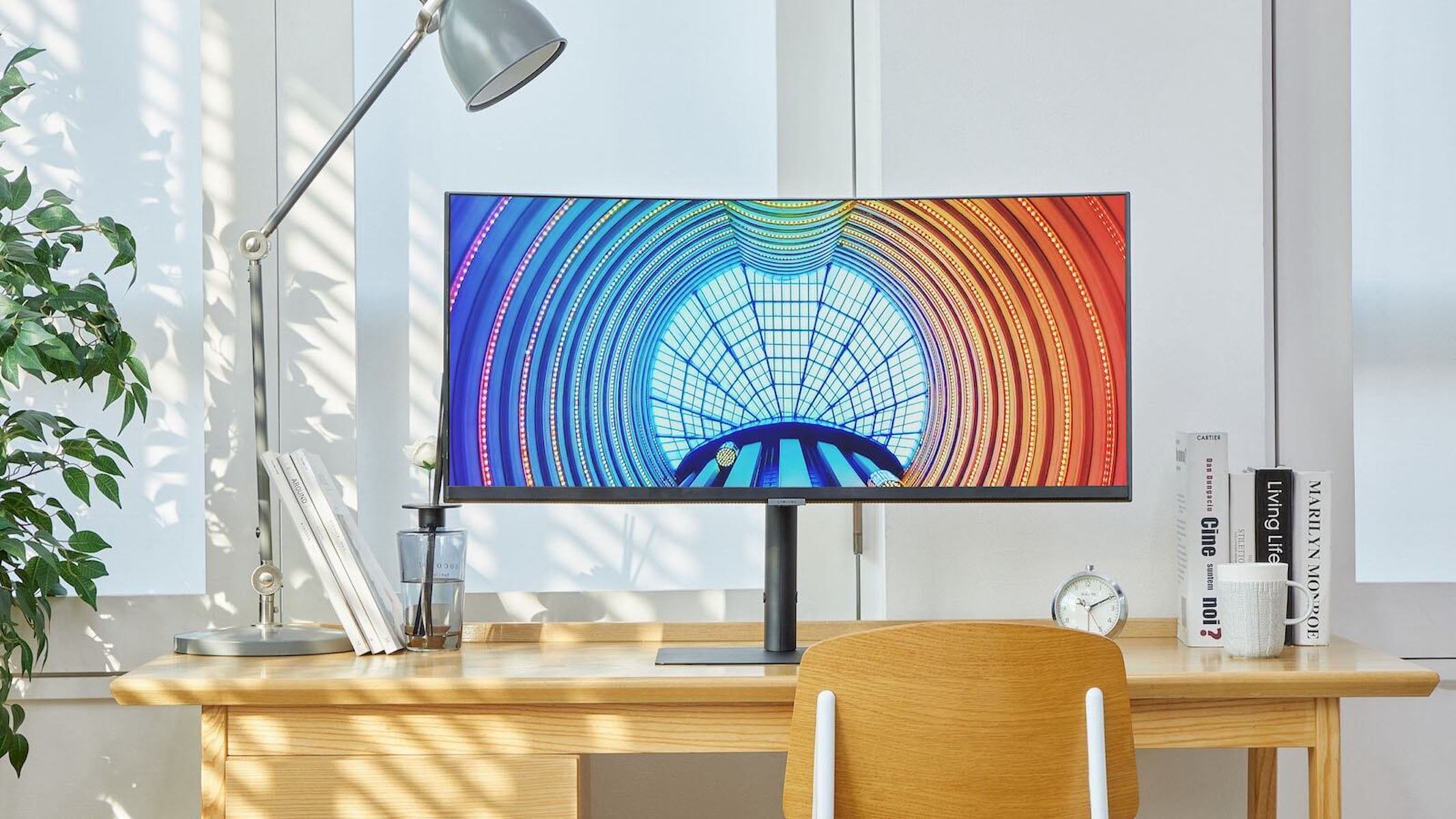

The four quadrants distinguish among boosts (temporary departures from existing trends), displacements (temporary new trends), catalysts (accelerations of existing trends), and innovations (new lasting trends).

The next step is to categorize demand shifts using a simple 2×2 matrix, on the basis of whether they are likely to be short-term or long-term and whether they were existing trends before the crisis or have emerged since it began. Unless we sensitize ourselves to new habits and their cascading indirect effects, we will fail to spot weak signals and miss opportunities to shape markets.

Implications include an increase in home office refurbishment, driving greater demand for products ranging from paint to printers. The first step is to map the potential ramifications of behavioral trends to identify specific products or business opportunities that will most likely grow or contract as a result.Ĭonsider how the pandemic has caused people to stay at home more. For many firms, that will require a new process for detecting and assessing shifts before they become obvious to all. As of this writing, the lockdown has already lasted long enough in many countries to significantly change habits that had been the foundation of demand and supply.Ĭompanies seeking to emerge from the crisis in a stronger position must develop a systematic understanding of changing habits. A study on habit formation suggests that the average time for a new habit to form is 66 days, with a minimum of 21 days. The Covid-19 pandemic has severely disrupted global consumption, forcing (and permitting) people to unlearn old habits and adopt new ones. In the following pages we’ll discuss how companies can reassess their growth opportunities in the new normal, reconfigure their business models to better realize those opportunities, and reallocate their capital more effectively. Similarly, the 2003 SARS outbreak in China is often credited with accelerating a structural shift to e-commerce, paving the way for the rise of Alibaba and other digital giants. For example, the 9/11 terrorist attacks caused only a temporary decline in air travel, but they brought about a lasting shift in societal attitudes about the trade-off between privacy and security, resulting in permanently higher levels of screening and surveillance. Second, crises produce not just a plethora of temporary changes (mainly short-term shifts in demand) but also some lasting ones. Among large firms doing business during the past four downturns, 14% increased both sales growth rate and EBIT margin. First, even in severe economic downturns and recessions, some companies are able to gain advantage. But the history of such shocks tells us two things.
THOSE WHO REMAIN PLATFORMS FULL
It will be quite some time before we understand the full impact of the Covid-19 pandemic.


 0 kommentar(er)
0 kommentar(er)
